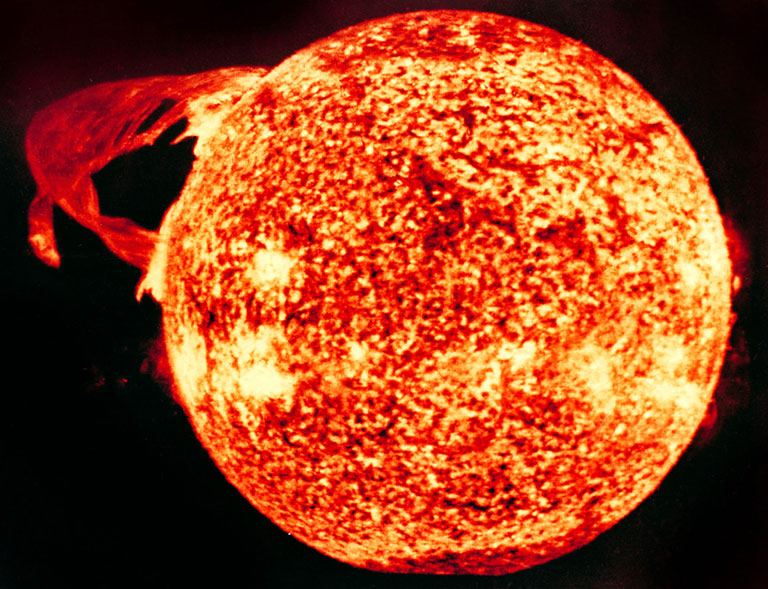Astronomy
Star Cycle - Birth and Death of a Star
The star cycle starts with a nebula or large cloud of gas that collapses under its own gravity to form a star. A stable star such as the Sun steadily generates heat and light through nuclear fusion. Such a star is said to be in its main sequence. The main sequence phase ends when most of the hydrogen in its core has been converted to helium and fusion begins around the core thereby generating and expanding luminosity beyond the core, at which point it becomes a red giant. When the red giant begins to cool at its center, the red giant collapses to form a dwarf star, referred to as a white dwarf because it glows almost white as it cools. If a very large red giant begins to cool or attracts matter from a nearby star, a violent explosion or supernova can occur.
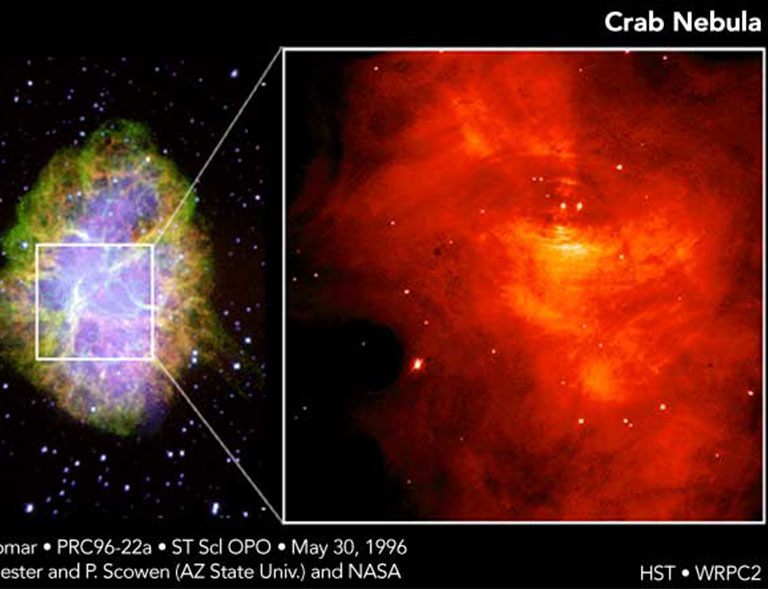
Nebula
A nebula is the swirling gas surrounding an early star
(i.e. the Sun) during the epoch.
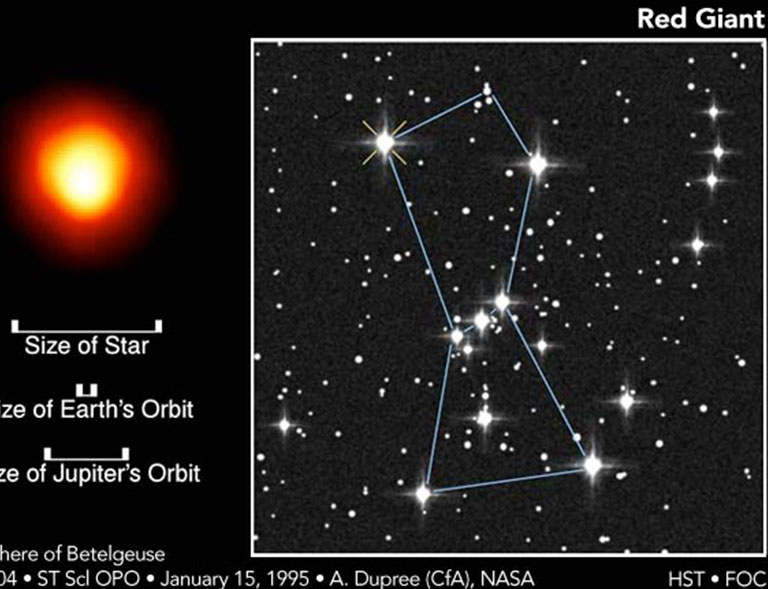
Red Giant
Betelgeuse , a red giant, as shown here represents the first direct picture of the atmosphere of a star other than the Sun.

Supernova
A supernova is the explosive death of a star, caused by the sudden onset of nuclear burning (Type I), or..
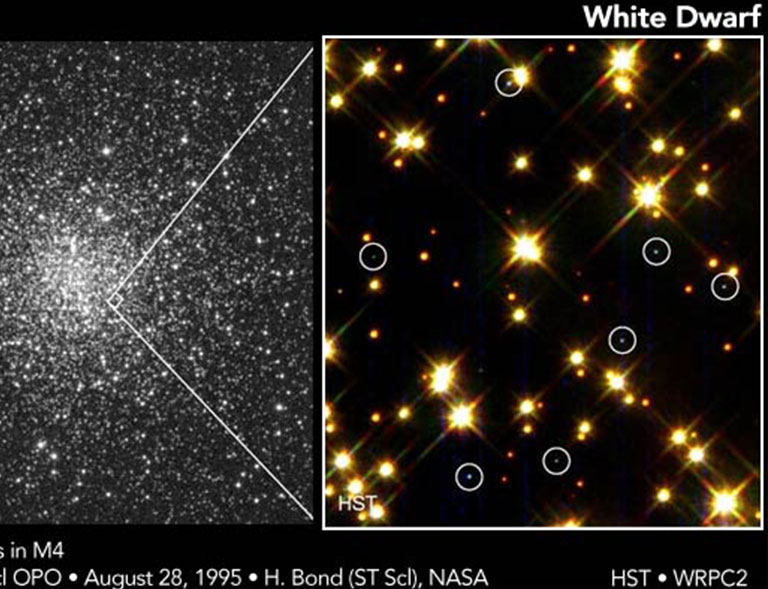
White Dwarf
A color image of a small portion of the M4 cluster only 0.63 light-years across reveals seven white dwarf stars.
Afterlife of Stars
After a supernova explosion has occurred, sometimes a dense ball of neutrons remain in the core of the star and form what is known as neutron star. Typical neutron stars are very small, no more than 20 km in diameter. However, they have a great deal of mass, much greater than even our Sun. A neutron star can send pulses of energy and light that can be detected as radio signals and is known as a pulsar. In some regions of space, the pull of gravity is so great that nothing–not even light–can escape. These regions or black holes were possibly caused by the collapsing of very massive neutron stars. Certain distant galaxies have centers that are a hundred times brighter than ordinary galaxies. These centers are called quasars (quasi-stellar objects) and are probably very large black holes that are drawing in all sorts of glowing stellar matter.

Pulsar
After a supernova explosion has occurred, sometimes a dense ball of neutrons remain in the core of the star and form what is known as neutron star.
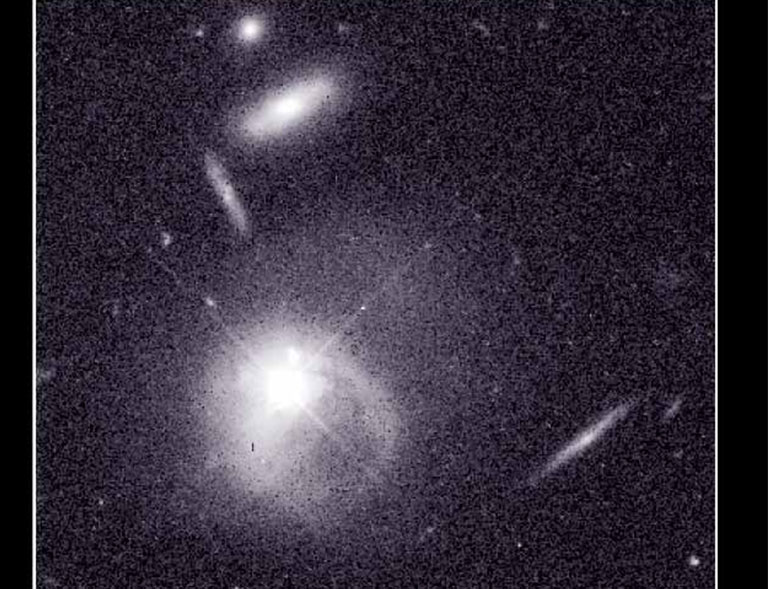
Quasar
Certain distant galaxies have centers that are a hundred times brighter than ordinary galaxies. These centers are called quasars and are probably very large black holes that are drawing in all sorts of glowing stellar matter.
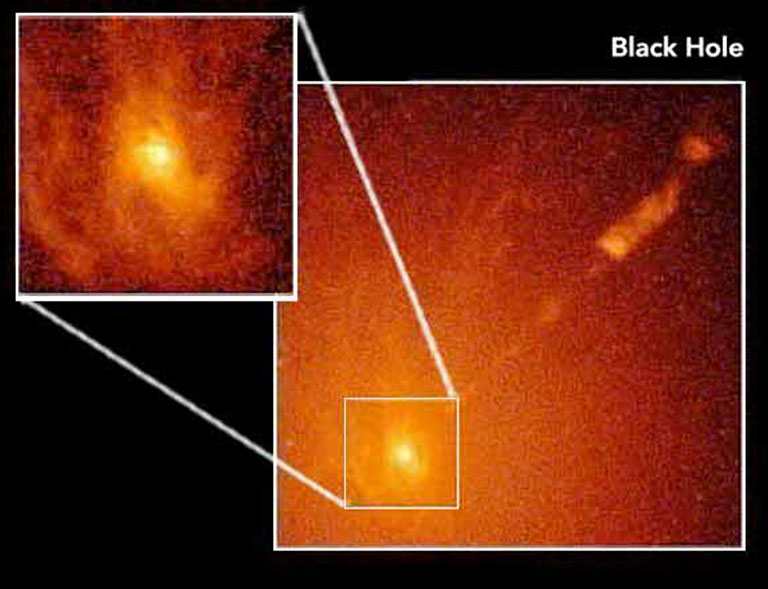
Black Hole
A black hole is a region of space where the pull of gravity is so great that nothing–not even light–can escape. A possible outcome of the evolution or collapse of a very massive star.
Einstein's Special Theory of Relativity E=mc2
Where E is the energy in joules, m is the mass in kilograms, and c is the speed of light in meters per second. Einstein’s theory basically established that mass and energy are two aspects of the same essential stuff.
Nuclear Fusion
The process that releases energy by joining the nuclei of lighter elements to make heavier ones, the combined mass is less than that of the constituents, the difference appearing as energy. The energy produced by the Sun is as a result of nuclear fusion of two hydrogen atoms to form a helium atom.

